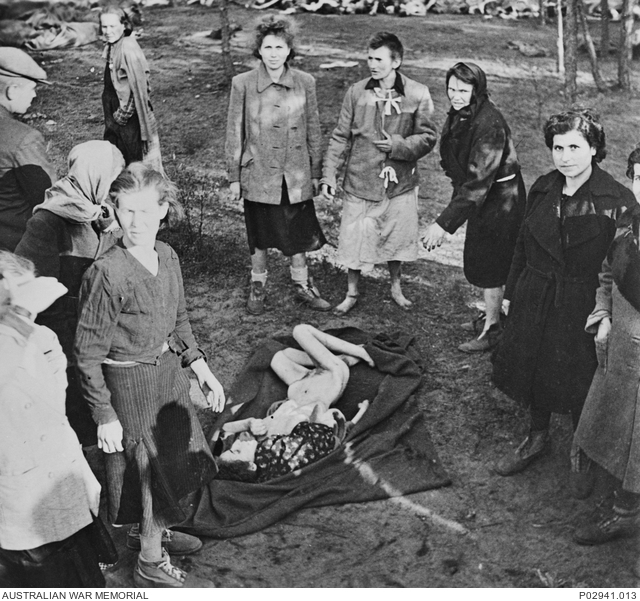
Bergen-Belsen Nazi concentration camp in northern Germany was liberated on 15th April 1945.
Bergen-Belsen was initially established in 1940 as a prisoner of war camp for Allied prisoners. In 1943 it became a Nazi concentration camp to which, the SS deported an ever-increasing number of inmates from Nazi camps further east, so that by the time of its liberation in 1945 the camp’s prisoner population had risen to over 60,000.
The overcrowding at the camp combined with poor sanitary conditions and the lack of food and water led to the outbreak of diseases such as typhus, tuberculosis, typhoid fever, and dysentery. During its existence, it is estimated that over 50,000 people died at the camp including Anne Frank and her sister Margot. The British forces that liberated Bergen-Belsen found thousands of unburied corpses on the camp grounds, with the vast majority of the surviving inmates seriously ill.
A British Military Tribunal, including 37 SS personnel and eleven prisoner functionaries. The tribunal sentenced eleven of the members of the Bergen-Belsen staff including camp commandant Josef Kramer, to death with nineteen others convicted and sentenced to prison terms.
Welsh connections with Bergen-Belsen concentration camp include;
Reverend Leslie Henry Hardman (born in Glynneath), who became well known as being the first Jewish chaplain to enter the notorious Bergen-Belsen Nazi concentration camp after it had been liberated Hardman was subsequently responsible for officiating at the burial of approximately 20,000 victims and appeared on Richard Dimbleby’s emotional newsreels of the events at the camp.
Brigadier Hugh Llewellyn Glyn Hughes (born in South Africa and raised in Swansea), took control of the camp following its liberation.
The town of Pembroke is twinned with Bergen.
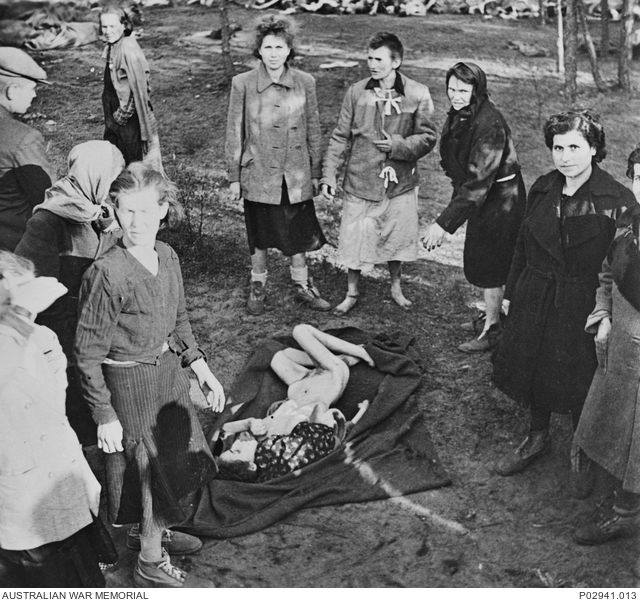
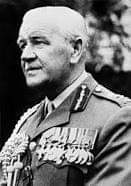
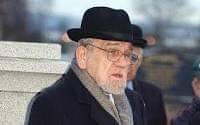
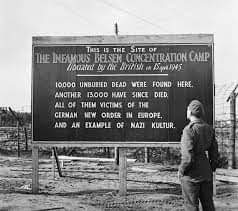



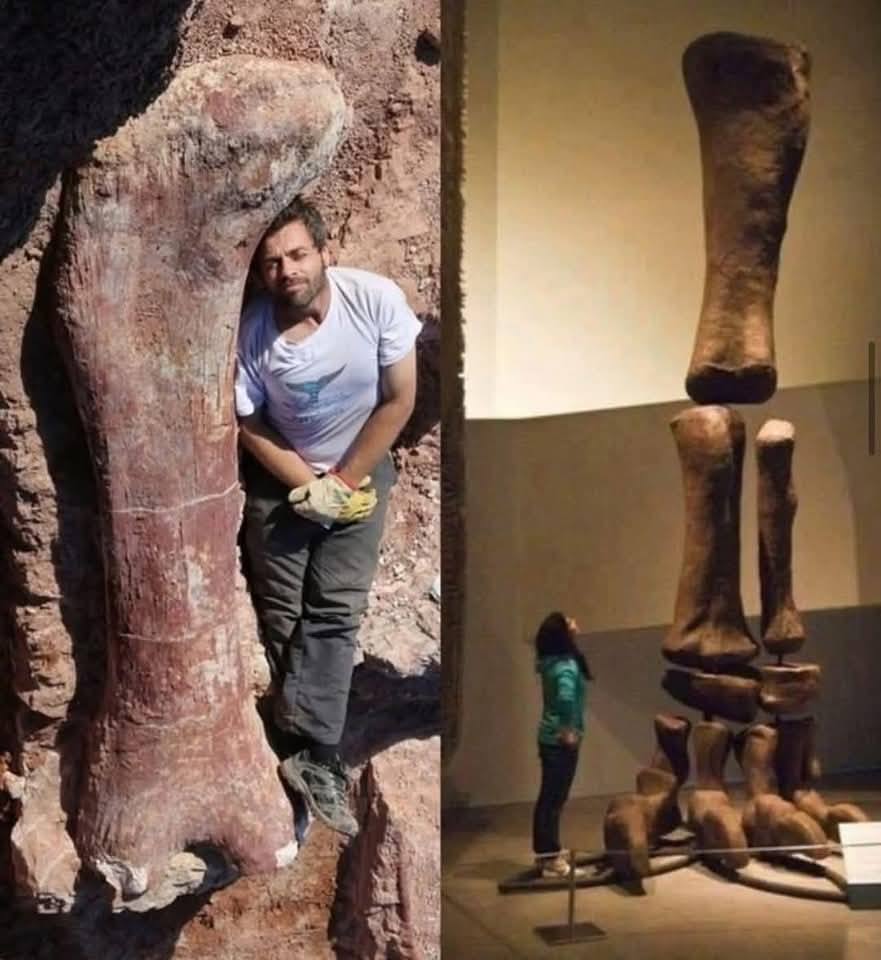
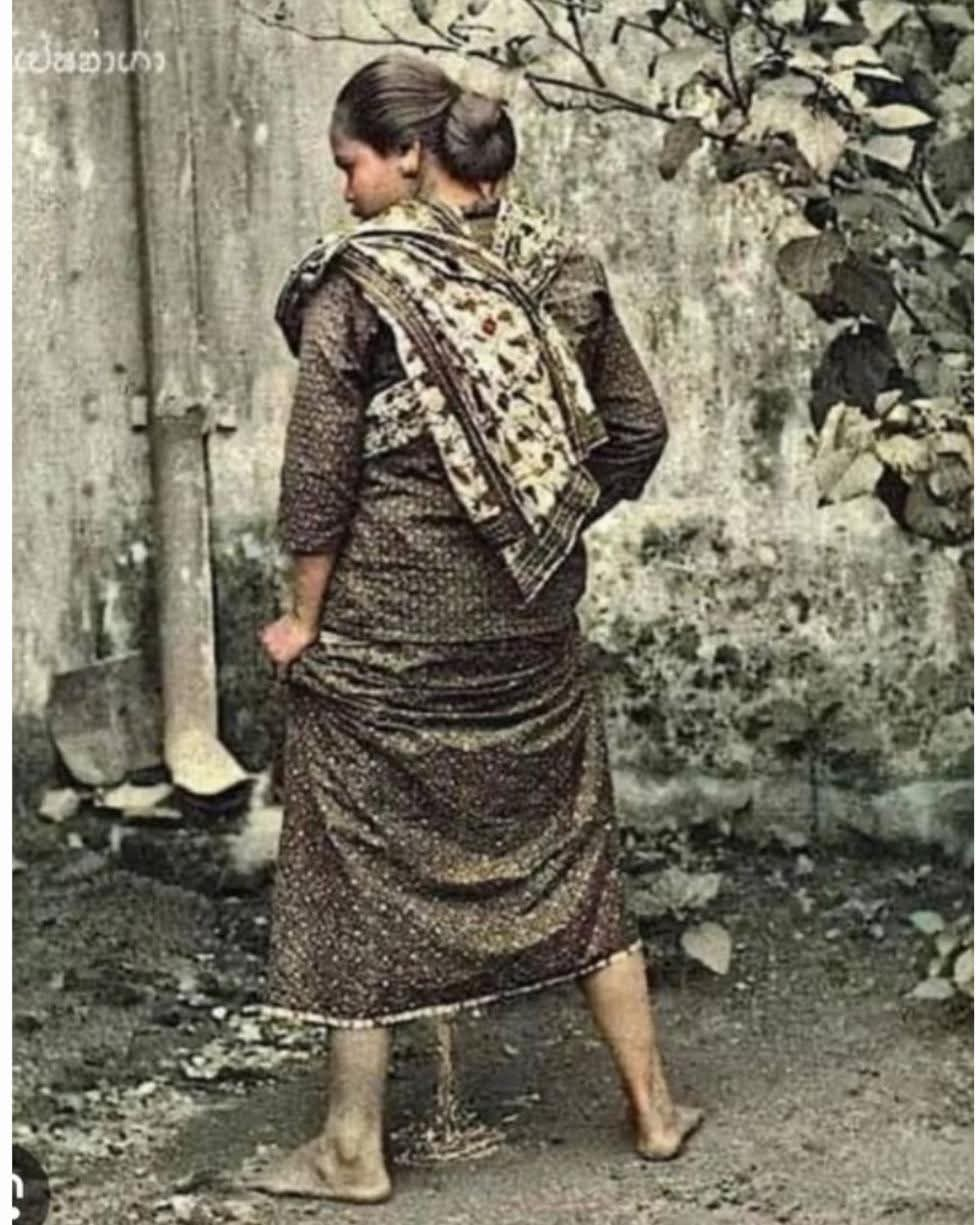


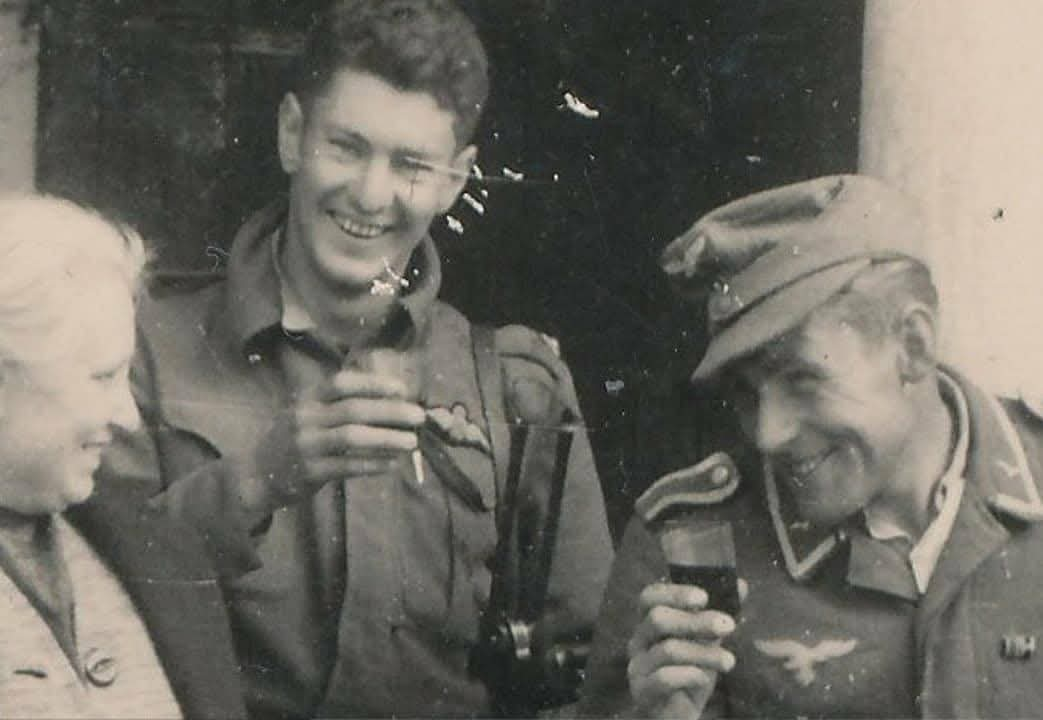
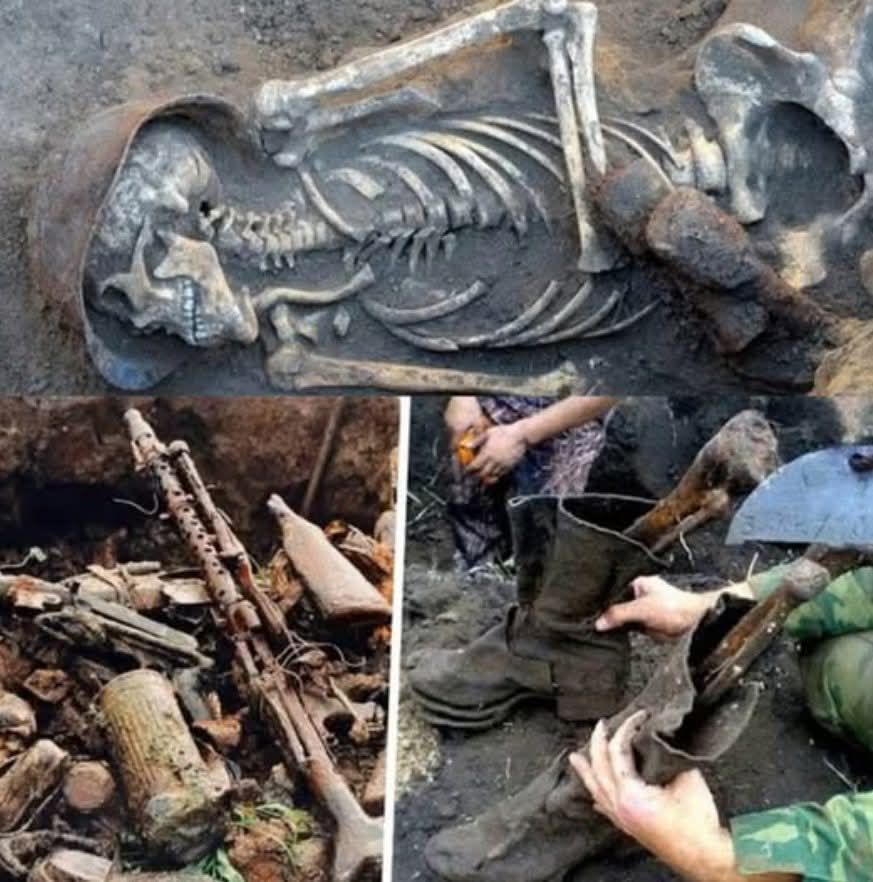

Leave a Reply